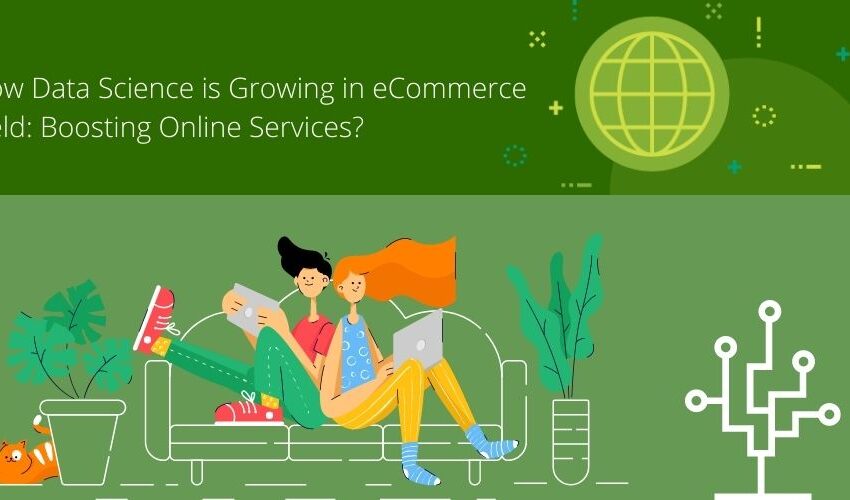Data science is an interdisciplinary field that combines aspects of technology, algorithm development, and data inference with the goal of resolving complex analytical issues. Data is the foundation of it, and it entails dealing with troves of raw data, streaming and storing facts in corporate warehouses, and mining for the most part of the information to be obtained from it. In the end, Data Science (DS) boils down to the creative use of factual information for the purpose of producing economic value.
Analysis of facts of Data
The analysis of facts is a component of data science that is dealt with in this area. DS is about digging deeper into the issue to mine and comprehend nuanced patterns, inferences, and behaviors. They are about the investigation of hidden information that may help businesses make smarter decisions more quickly. Exploration of the facts is where one must begin in order to begin mining for insights. When confronted with a difficult topic, data scientists research possible leads and make an effort to comprehend the recurring themes and distinguishing features of the information. The same principle applies to online shopping platforms, such as e-commerce websites, where businesses examine the purchasing habits of their clients in order to determine which goods would get the most amount of interest from consumers. These examples should be sufficient to convince you that the term “data” refers to something that has an enormous amount of power. The meaning of this data is determined by how it is processed.
Data Scientist in e-commerce
The average day for a data scientist working in the eCommerce industry is one filled with particularly difficult challenges. Although it is impossible to anticipate human behavior, you are expected to do so. You have the opportunity to investigate client purchasing habits and experience random flashes of illumination regarding such patterns. In addition, you get to see how a marketing move might overnight affect your theory. But nothing can compare to the feeling you get when you realize that your hard work has not only saved time but also improved a customer’s overall experience while simultaneously realizing the goal of your client.
Classification of Customers with data science development services
Simply said, data science development services identifies all of the many “clusters” and then groups them together while also attempting to keep each cluster as tiny as it can. This ensures that you will have the greatest number of client subgroups from which to draw conclusions.
The program places each data point in one of many distinct groups, based on its distance to the nearest centroid, while simultaneously relocating the average to the exact middle of each cluster.
Targeting product offerings has been a practice that has relied on customer segmentation for a very long time. Customers may be classified into different groups like Loyal Customers, heavy Buyers,” and so on if they have certain characteristics with one another, such as geographical proximity or a certain level of buying power, for example. Customer segmentation, to put it simply, is the process of dividing consumers into smaller groups that may be more precisely targeted. Identifying segments may either be done logically or via the use of a machine learning system. The second option is nearly always the more efficient one due to the fact that similarities between consumers are not always readily apparent.
The Frameworks allow is what, in a nutshell, is responsible for the creation of Customer Segmentation models. The K-means Cluster Method is the method that is used the most often, despite the fact that there is a large variety of other methods accessible. After the clusters have been constructed, high-yielding clusters are determined, and then targeted marketing efforts are carried out. In order to correctly identify these clusters, you need to have a solid grasp of the retail environment that is relevant to the product that you are attempting to sell. Clusters may not always act in the way that was anticipated for them based on the dynamics of the market as well as the fluctuation of the global economy. As a result, when you use market segments, you are obliged to take risks into consideration.
Data science is the driving force behind recommender processes that are entirely founded on the historical data of users, and these systems make extensive use of machine learning and artificial intelligence in order to assist e-commerce services in providing more pertinent and accurate recommendations. This works like a charm and appears to virtually propose things that users will always desire to purchase or at least show interest in. It works wonderfully and seems to almost suggest things that users would always want to purchase. This correlates to improved sales since the correct product was produced and presented to the right consumer at the right time. At the end data science development services do an analysis of your company’s environment and domain characteristics, effectiveness, and data sources, and create objectives and outline problems based on the findings.
